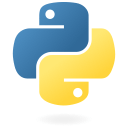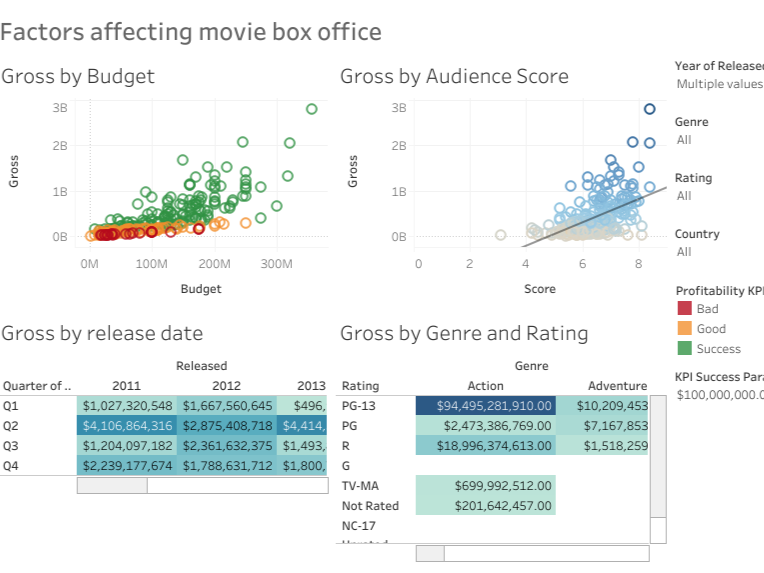Deep Learning: Costumer Churn Classification

Deep Learning: Costumer Churn Classification
Objective
Classifying and predicting whether a bank customer will leave or not by using Random Forest as a baseline model and compared with several Neural Network models with different parameters.
About data
The dataframe has 10000 instances and 14 attributes. Each instance contains information about a customer's personal data at a bank.
Data summary:

Actions taken for data cleaning and feature engineering
1. Reading and understanding data.
2. Removal of unwanted attributes: row number, costumer ID, surname.
3. There are no missing values.
4. There are some outliers that will be scaled using Standard Scaler.
5. Converting categorical variables such as geography and gender into numeric variables using One Hot Encoding.
Exploratory data analysis
Almost all features are normally distributed

Most features are not correlated with each other. German (geography) and balance, as well as exited and age, have the highest correlation.

Classification models
Model 1 (random forest)

Model 2 (neural networks - single hidden layer)

Model 3 (neural networks - two hidden layers)

Model comparison
Model 1 (random forest) performed best overall. It is fast and have the highest accuracy and AUC score.

ROC curve and confusion matrix of the best model (Model 1)


Key findings and insights
Model 1 (random forest) performed best overall. It is fast and have the highest accuracy and ROC score.
Next steps
For the next step it is recommended to build a neural network model with other parameters to increase the accuracy, or use another deep learning model.









